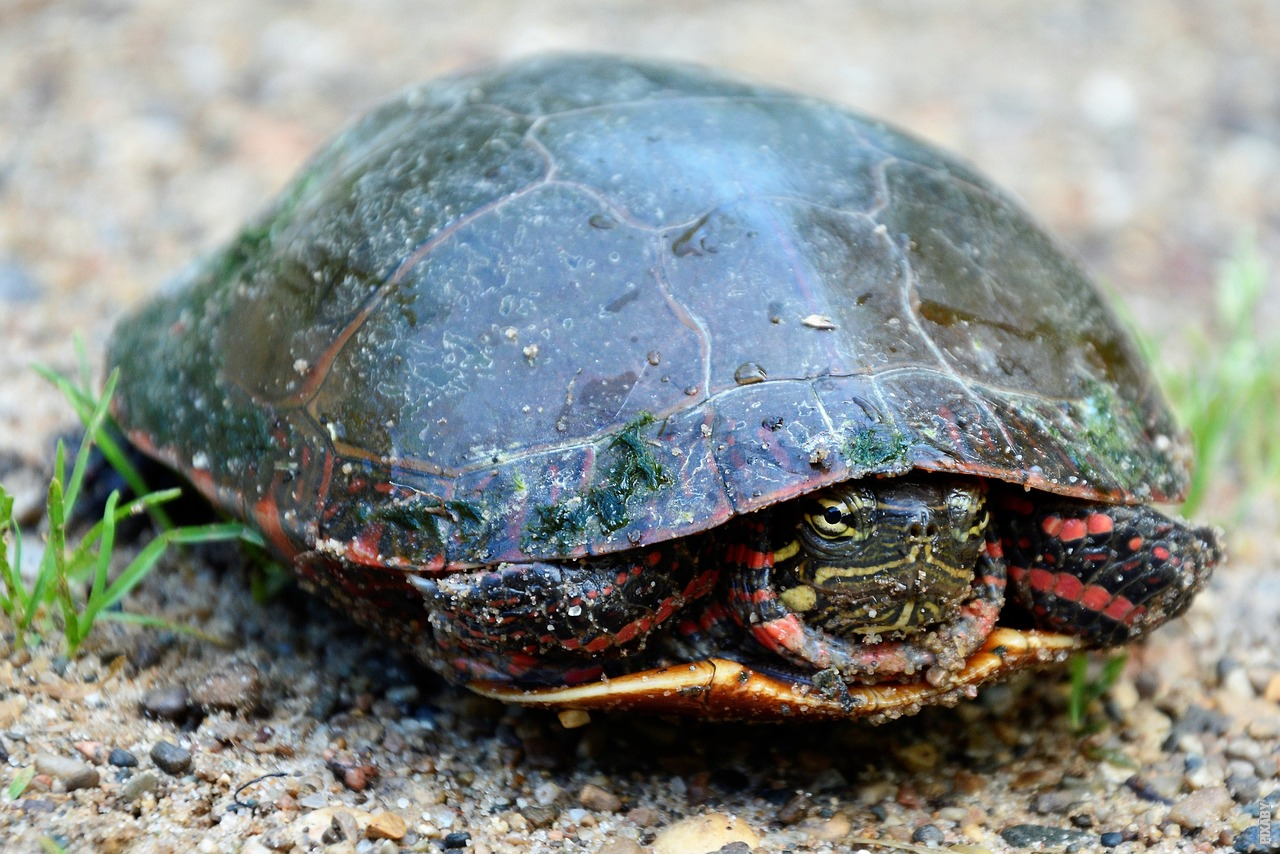Introduction
Turtles are fascinating creatures that have evolved various methods of defense to survive in their natural habitats. From their protective shells to their unique abilities, turtles have developed ingenious ways to ward off predators and ensure their survival. In this article, we will explore the remarkable defense mechanisms employed by these ancient reptiles.
The Impenetrable Fortress: The Turtle Shell
The most iconic defense feature of a turtle is its shell. The shell serves as a mobile fortress, providing protection against potential threats. Composed of two parts, the top carapace and the bottom plastron, the shell is made up of fused bones covered by a layer of tough keratin.
Retreat into the Shell: Hiding from Danger
When faced with danger, turtles have the remarkable ability to retreat entirely into their shells. By tucking their head, legs, and tail inside, they create an impenetrable barrier that shields them from harm. This defensive mechanism allows turtles to evade predators and wait until the threat has passed.
Camouflage: Blending into the Environment
Many species of turtles possess the remarkable ability to blend into their surroundings. Through the use of coloration and patterns on their shells and skin, turtles can camouflage themselves within their natural habitats. This defensive strategy helps them avoid detection by predators and increases their chances of survival.
Powerful Jaws and Sharp Beaks: Offensive Defense
While turtles are primarily known for their defensive tactics, some species also possess offensive capabilities. Turtles such as snapping turtles have powerful jaws and sharp beaks that they use to bite and snap at potential threats. This defensive behavior serves as a warning to predators, deterring them from attacking.
Post
Post
Chemical Warfare: The Stink Defense
When faced with a predator, some species of turtles resort to chemical warfare. These turtles have specialized glands near their tails that produce foul-smelling substances. By releasing these odorous secretions, they create a deterrent against predators, making themselves less appealing as a potential meal.
Speed and Agility: Escape Artists
Although turtles are not renowned for their speed, they can display surprising bursts of agility when needed. When threatened, turtles can use their strong limbs and streamlined bodies to swiftly retreat into nearby water bodies or dive into dense vegetation. This sudden burst of speed often catches predators off guard, allowing the turtle to escape to safety.
Conclusion
Turtles have developed an array of impressive defense mechanisms to protect themselves in the wild. From their impenetrable shells to their ability to retreat and camouflage, these ancient reptiles have perfected the art of survival. By employing a combination of defensive strategies, turtles continue to thrive and captivate our imagination with their remarkable adaptations.



